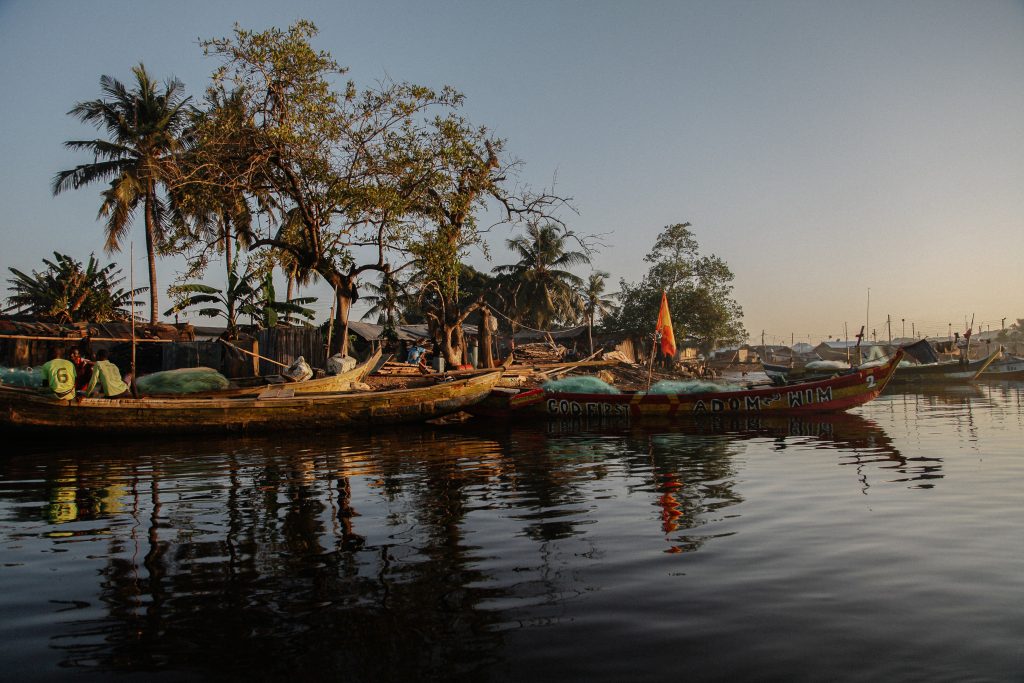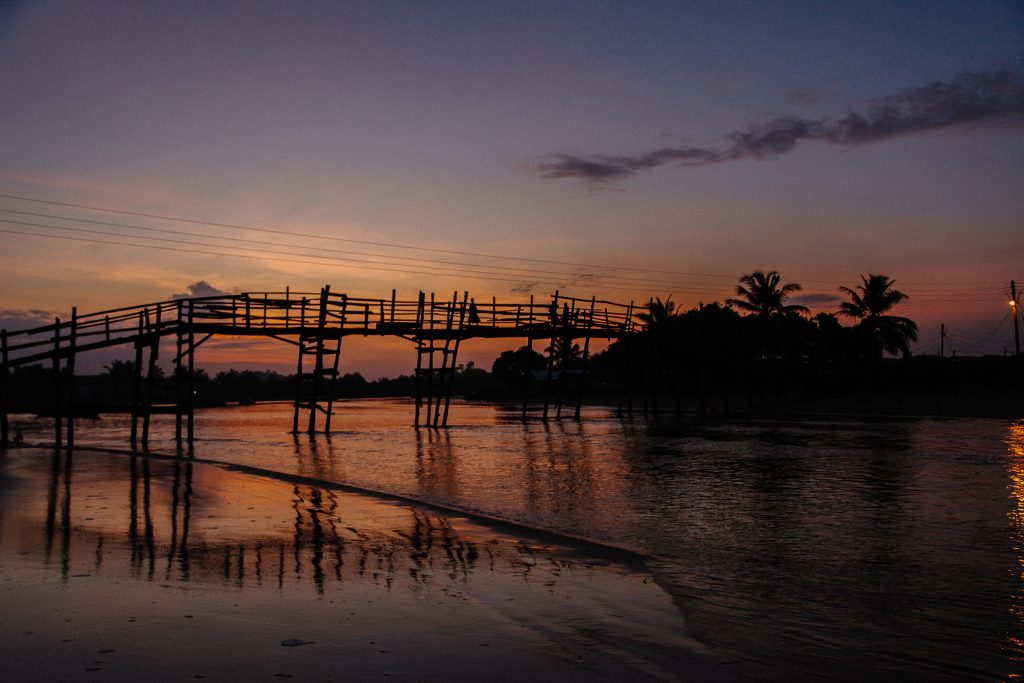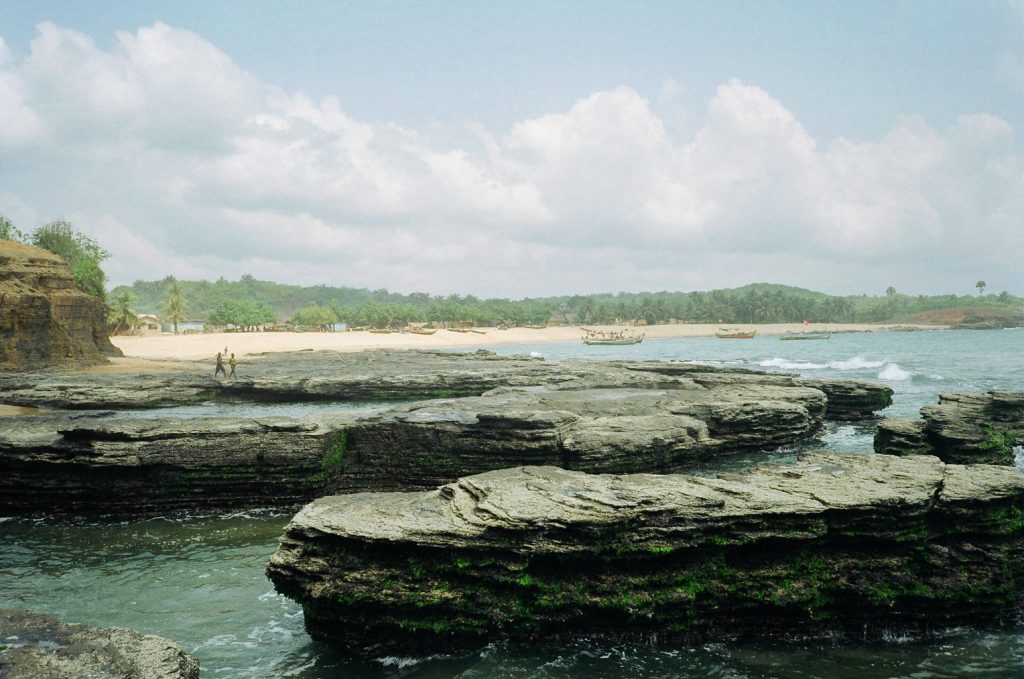From Jamestown all the way to Cape Three Points, in the quiet pull of the tide, where sea meets worn boats and laughter echoes across salt-stained rocks, Natalija Gormalova’s waits with her camera, not as an intruder, but a star witness. Natalija, also known as Kino,‘s photographs are not snapshots of fleeting African beauty or curated festival spectacle. They are invitations. To feel, to partake, to remember. Gormalova’s work, keenly rooted in documentary yet elevated by a poetic sensitivity, pulses with emotional honesty. Whether while photographing fishermen at dawn hauling nets ashore, a wooden bridge silhouetted against a burning sky, or a young man cloaked in darkness and glittering sand, her imagery offers something rare: truth, unvarnished yet tender. “I make time for people,” Natalija explains. “When I do documentary assignments, especially in unfamiliar or vulnerable communities, trust takes time, and I give it all the time it needs.”
Through photography she has found more than just stories, she found a home. For years now, the Latvian-born photographer has been living in Ghana, not as a visitor passing through, but as a friend of the land. A part of the fabric she so carefully documents. Her photographs, rich in feeling and layered with spoken histories, reflect this rootedness. Whether while capturing fishermen navigating the tide at dawn, a wooden bridge silhouetted in the last light of day, or the quiet intimacy of a portrait dusted with glitter and shadow, Gormalova’s work does more than observe. It belongs. “There’s a reason I stay,” she says. “I don’t just photograph communities, I become part of them. That’s the only way I can do the kind of work I believe in.” In an era of quick-turn storytelling and parachute journalism, Gormalova‘s approach is deliberate, and human. Before lifting her camera, she listens, shares meals, plays with children, and sits for hours simply noticing. Over time, the novelty of her presence fades and trust takes effect, allowing her to make the images she please. Kino‘s long-standing connection to Ghana, both personal and professional, infuses her photographs with a sense of care that cannot be imitated. Now a mother herself, her understanding of community, protection, and legacy has only deepened.
Motherhood has sharpened my sensitivity, There’s a quiet strength I recognize now, especially in the women I photograph.
This “slow photography” approach, as she describes it, rejects the hurried rhythms of mainstream media. Instead, she embeds herself into the daily rituals of the people, sharing stories, meals, listening and becoming part of the community. The result is a body of work that feels not just observational, but co-photographed. Subjects that are not for the viewer’s gaze, but collaborators in the storytelling, deeply aware, and yet disarmingly unguarded. Her preferred tools, 35mm and 50mm lenses, let her stay physically close to her subjects while maintaining the environment as a critical character in the frame. “The surroundings are never just a backdrop,” she says. “They help tell a deeper story.” One image, a personal favorite of hers, captures this philosophy profoundly. It’s a portrait of her friend Bismarck, taken in the lush Ghanaian village of Cape Three Points. He stands among planting trees, tribal marks on his chest, holding a branch of red berries. Gormalova lived in this village for nine months, teaching alongside Bismarck. “The portrait reflects not only our friendship and trust,” she says, “but the strength and harmony between man and nature in that community.”
Gormalova‘s portraits are layered with memory, both personal and collective. They reflect migration, resilience, intimacy, and the unseen labor of building trust. And while she acknowledges the timeless quality of her images, she insists she’s not chasing it. “I’m chasing presence and honesty,” she says. “If it ends up feeling timeless, that’s something that happens naturally.” Through every frame, Natalija Gormalova asks us not only to look, but also to stay. Long enough for it to matter, long enough for the history embedded in a gesture to shine, the echo of a story still being told and a photographer bearing witness with an open heart.
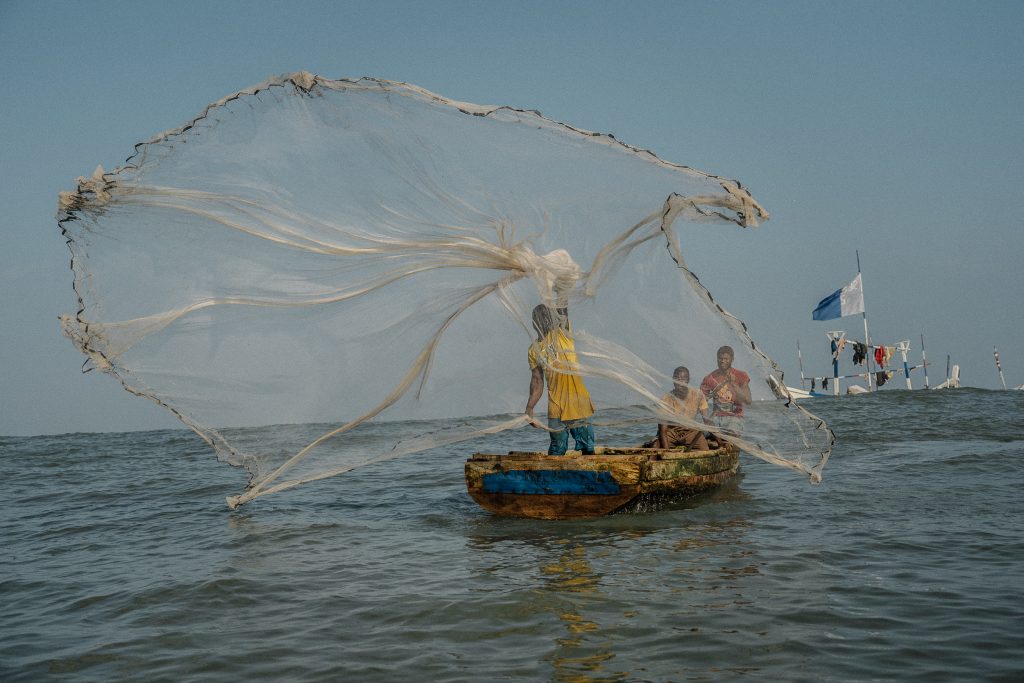
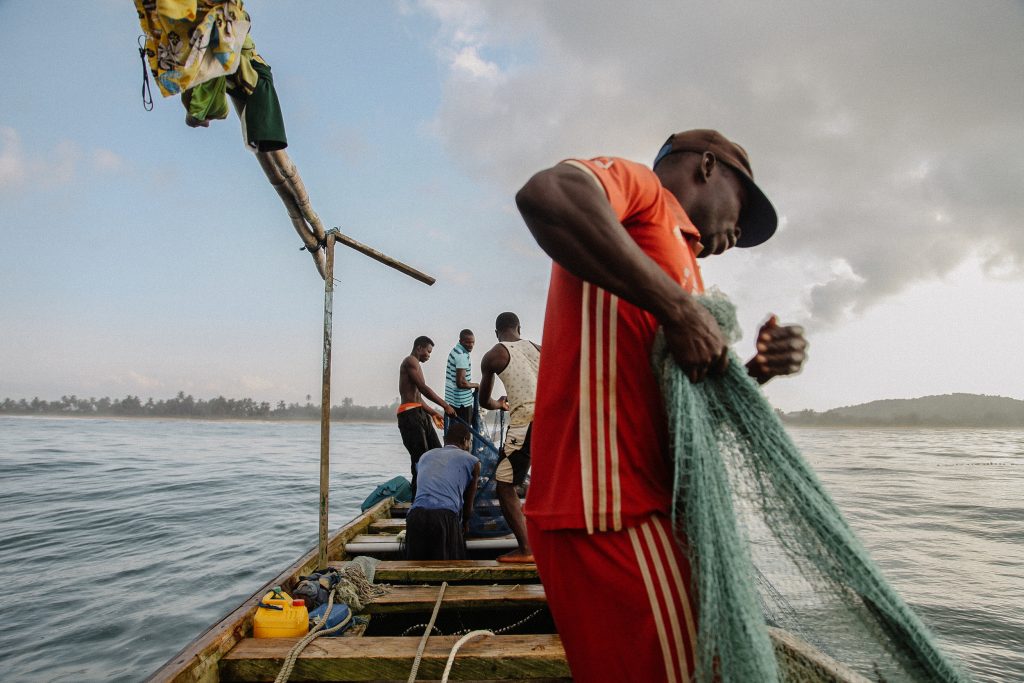
Your images carry an intimacy that feels earned, not taken. How do you build trust with your subjects — especially in unfamiliar or vulnerable settings — to capture these unguarded, authentic moments?
It takes time to build trust. And for the right projects, for the projects I’m so passionate about, I have all the time in the world. I mean, I make time for people. When I do documentary assignments and enter those new communities and sometimes vulnerable situations, vulnerable people, building trust even takes more time. Usually, yeah, usually a community needs to know who you are, what is your story, what are you going to do there? And you need to be able to answer all those questions, as well as build trust, build relationships with the community. I always feel that my best work comes at the end of the day when I shoot. It’s when the novelty of me being there wears off and I almost blend in with the environment when nobody notices me anymore. And this is when I think I can capture those raw, unfiltered emotions and moments. But I also spend a lot of time before I even start photographing the community. I spend a lot of time talking to people, listening to their stories, observing their way of life, and sharing a meal, being part of their community. I love to work in that way. I would call it a slower pace of work. I used to work for media outlets where the pace of work was really fast. You would just go shoot, then edit and send the pictures almost the same day. You don’t really get to spend much time with the community. And that way of working didn’t fit me as a person, but also as a photographer in the way of the stories that I want to tell. I like the slow pace of work. I like to work on long term projects where I become part of the community. I build trust. People know who I am. People want me to be part of their story. Yeah, and want me to be part of their community.
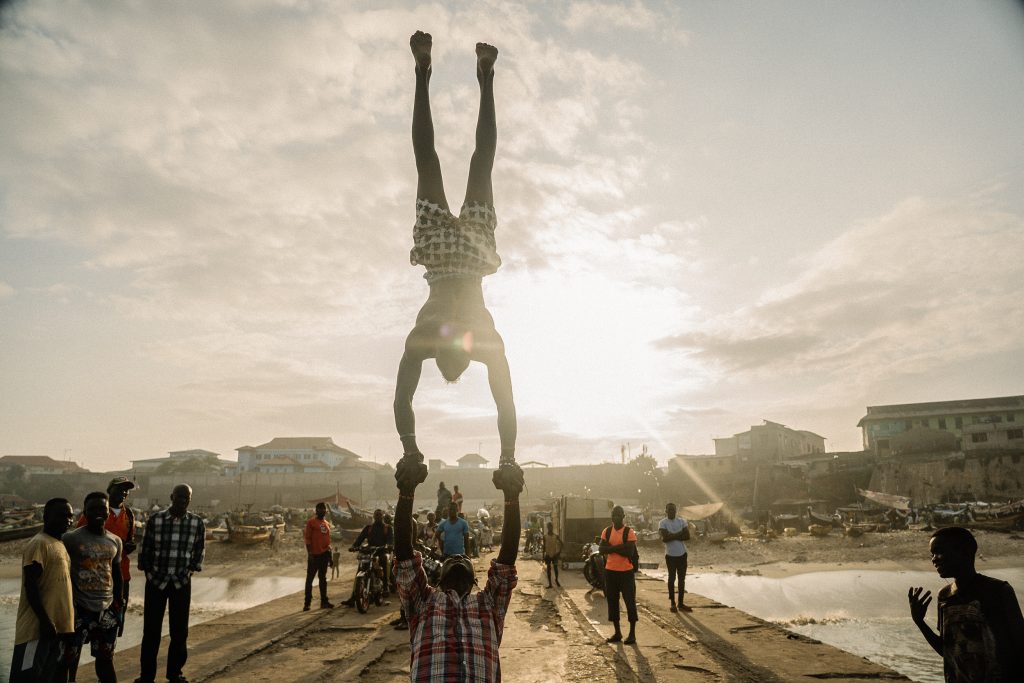
There’s a powerful quiet in the gestures and body language of your subjects. How do you decide when to step back and let a moment unfold versus when to direct or engage with your subjects?
I usually like to step back and let a moment unfold. I like giving people space and usually there’s a lot of magic that happens when you just wait a little bit. But also it’s a matter of intuition. Some people do not need any direction whatsoever and some do. So in those moments I just kind of gently intervene, so give little directions so we can co-create the image together.
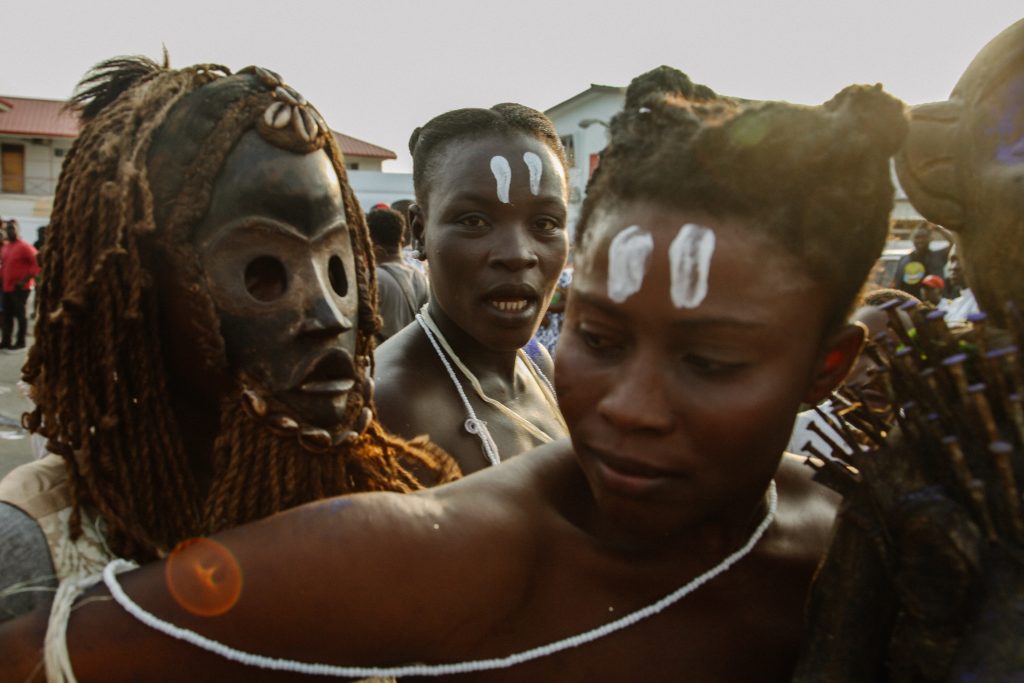
In your portraits, there’s often a tension between the individual and their environment. How do you use framing and context to reflect the inner lives of your subjects through their physical surroundings?
OK. The questions are hard, though, you know? Hard. Let me see. OK, I feel that the surroundings are never just the backdrop. They help to sort of tell a deeper story about a person. And the framing I use to create sort of a dialogue between the person and the space around them. So the subject is never isolated from their context. For example, some photographers like using 85mm lenses because of the shallow depth of field. But for me, like in portraiture, my favorite lenses are: 35mm lens, 50mm lens. I can be physically closer to the person I photograph and sort of create a sense of intimacy, but also include enough of the environment to tell a deeper story.
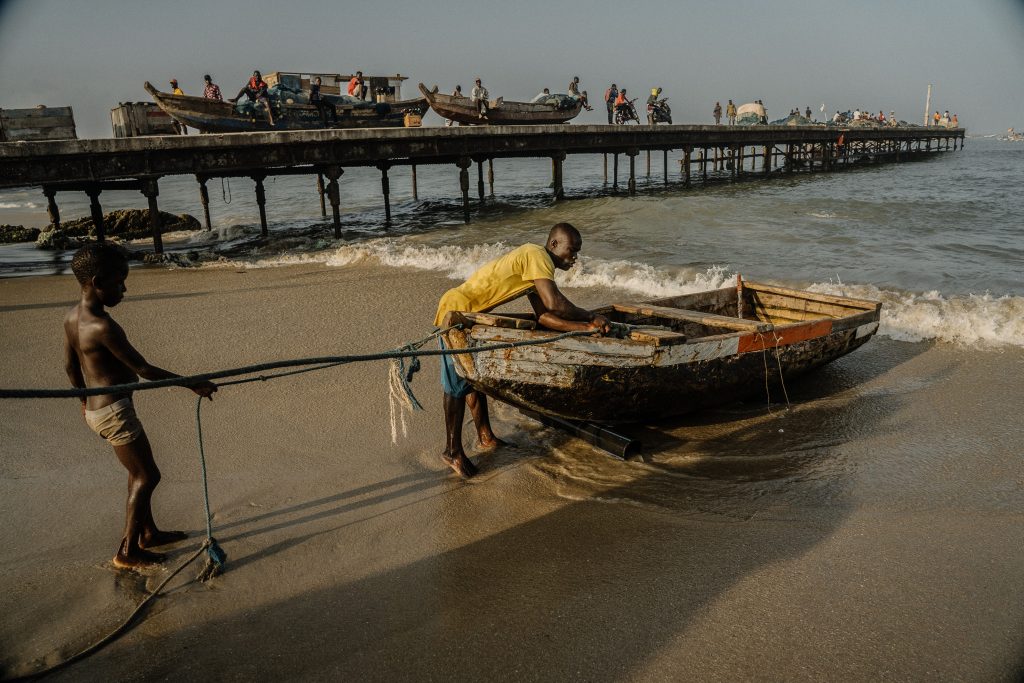
Do you see your portraits as documents of individual lives, or as visual artifacts of broader, collective experiences? And how does this shift the way you position yourself within the image-making process?
I think it’s definitely both because each person I photograph has its own story, but at the same time their lives are shaped by broader collective experiences, whether it’s migration, memory, resilience. And I think my role as a photographer is to hold space for all these experiences. And by holding space I mean to be a witness to life that’s unfolding, you know, and to make sure that the story is told in the most truthful way.
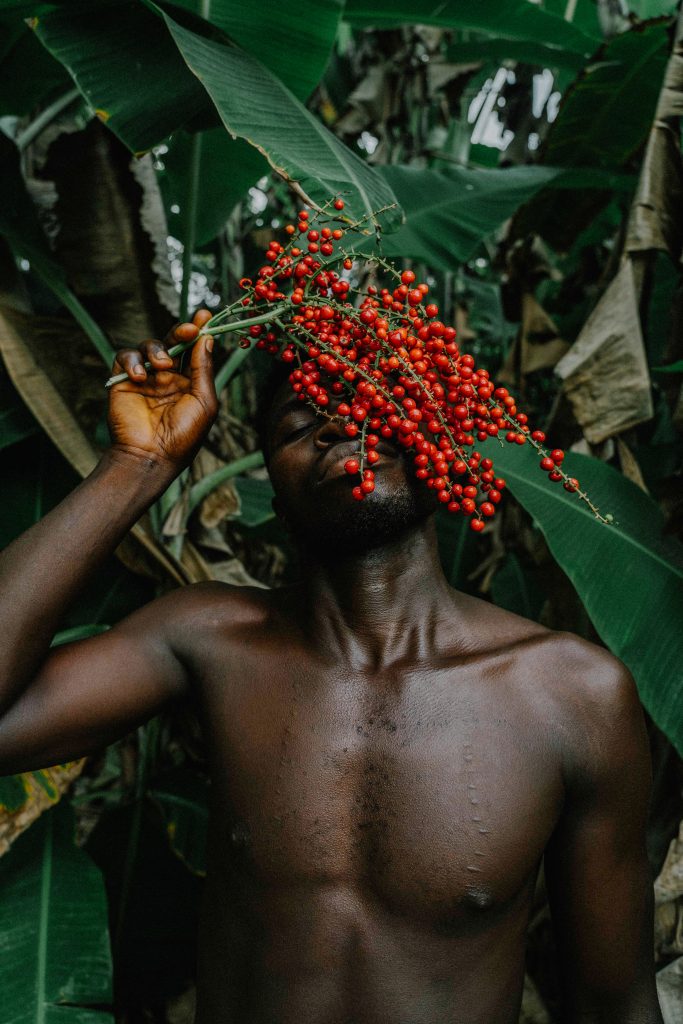
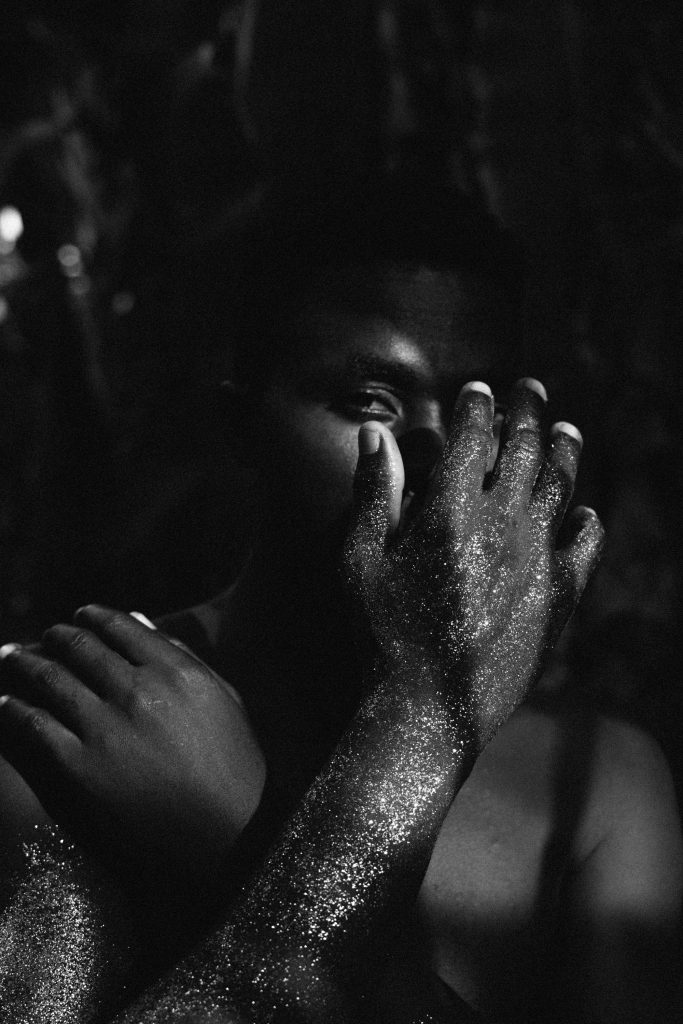
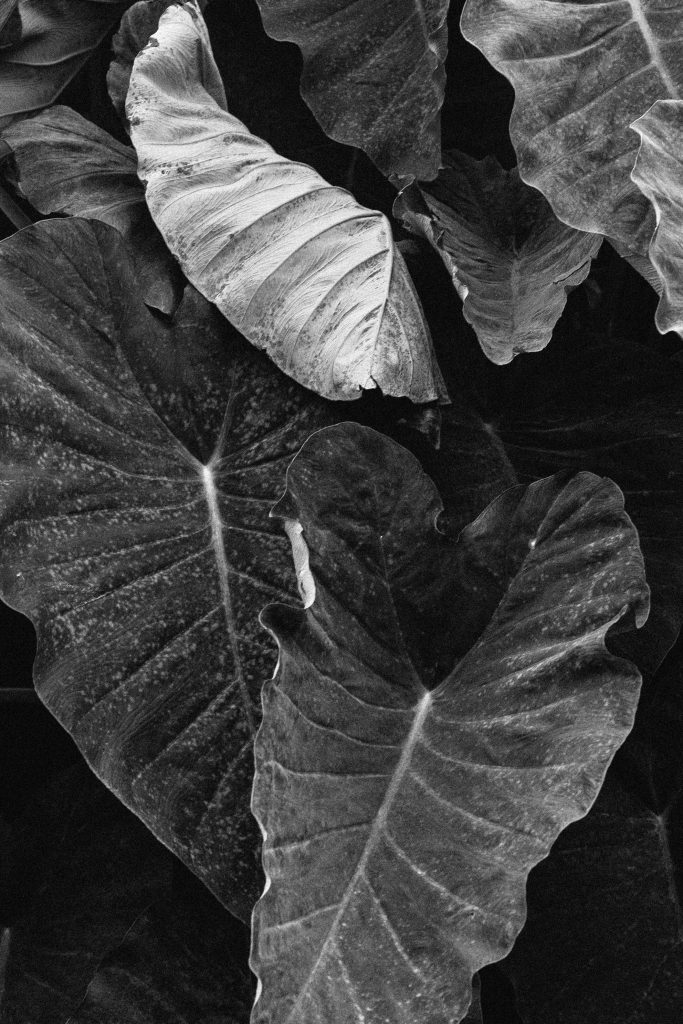
In the series of images you sent us, which is your favorite and what is the story behind it?
I think the favorite image I’ve sent you is a portrait of a young man surrounded by planting trees. He’s carrying a branch with red berries on his face and he has tribal marks on his chest. It’s a picture of my friend Bismarck and it was taken in the western region of Ghana in the village of Cape Three Points, where Bismarck is from. So for me, it’s not just a backdrop, but the surroundings are deeply connected to who he is and they’re part of his story. When I first arrived in Ghana, I lived in Cape Three Points for almost nine months. I volunteered at a school where Bismarck was also a teacher. So I know him and his family very well. I was part of the community. So when I proposed the shoot, he agreed because of the friendship and the trust that we have. I didn’t give him much direction; I just wanted him to be himself and in his own environment. The image feels special to me because of this trust that we have, but also because it reflects the strength and the resilience of that community and how man and nature can coexist and live in harmony with nature. That’s what people in Cape Three Points do. I mean, they’re surrounded by the ocean and the lush jungle. And they have this beautiful relationship with nature that I wanted to reflect in this portrait with Bismarck.
I try to give people a photograph, space to be themselves. I don’t just come up to somebody and start taking their photographs. I talk to them first, try to tell them the story behind the project. And it’s a collaboration. So if they have any thoughts, ideas, they can share with me and I will gladly incorporate them in my process. And I think trust is also very important. When people you photograph feel seen and heard, they don’t have to perform. They’re just there being themselves. And that’s what I want to capture.
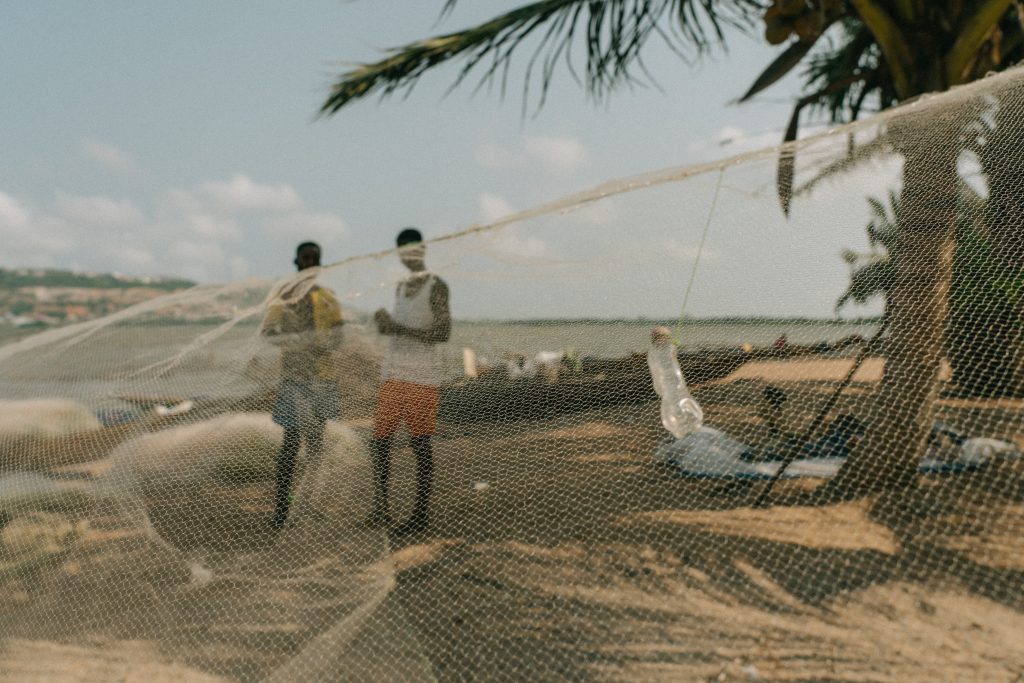
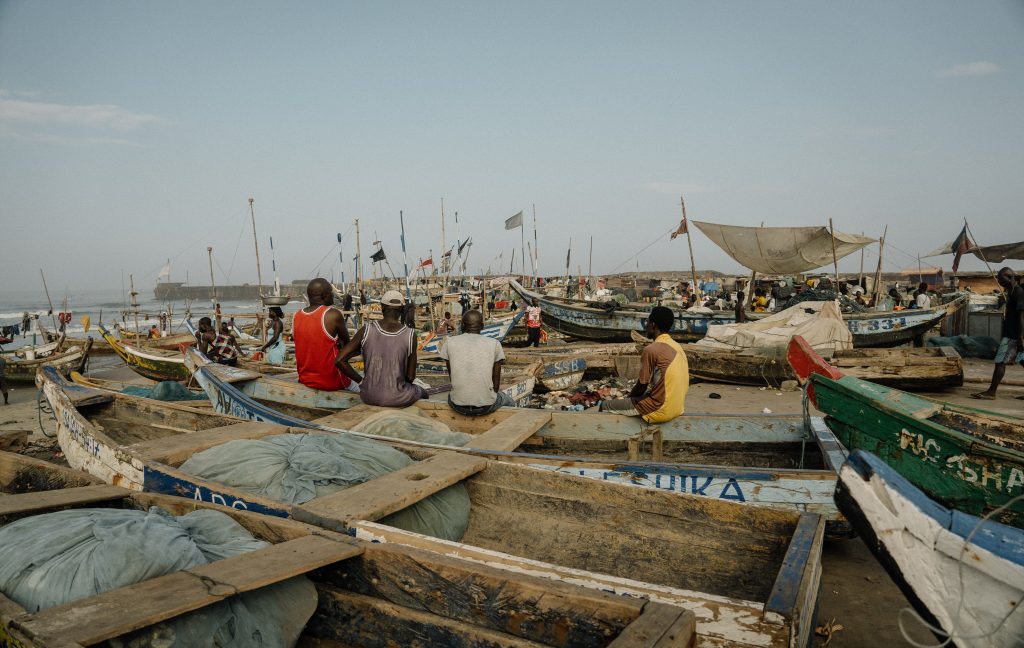
What role does memory, both personal and collective — play in your photographs of people? Are you chasing moments that feel timeless, or ones anchored in their specificity?
Memory plays a huge role in my work, both personal and collective. Memory shapes how we see ourselves and how we move through the world. I’m not necessarily chasing the moments that feel timeless. I mean, for me, it’s about being present and honest. I would like my work to feel timeless. But if it does, it’s something that happens naturally.
